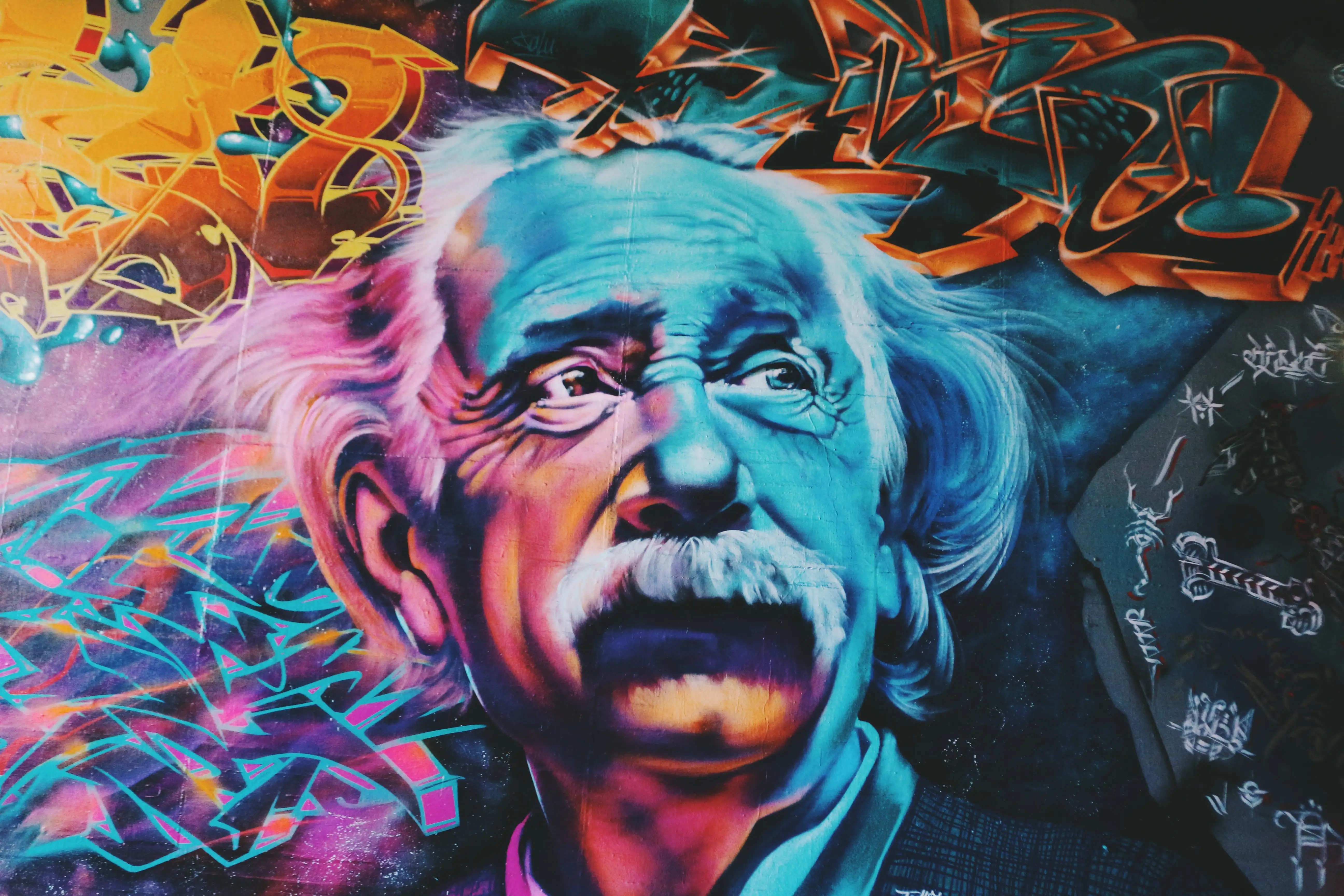Welcome to our exciting exploration of the fascinating world of the brain! In today’s article, we’ll be delving deep into the intricacies of human brains, unraveling the mysteries behind their incredible capabilities, and sharing fascinating facts about our most vital organ. Whether you’re a lifelong learner seeking to expand your knowledge or someone simply curious about the workings of our precious neurological system, we’re sure you’ll find this journey into the magnificent brain both educational and enjoyable. Let’s begin our adventure into the wonders of the brain!
Table of Contents
- 1. A Dynamic Journey: Exploring the Miracle of the Brain
- 2. The Mystery of Thought: How the Brain Computes Consciousness
- 3. The Architects of Emotion: A Closer Look at the Irrationality of the Mind
- 4. The Power of Memory: Rewriting History in Our Brain’s Network
- To Conclude

1. A Dynamic Journey: Exploring the Miracle of the Brain
In this post, we’ll embark on a captivating adventure to explore the incredible human brain, its marvels, and its intricacies. As we navigate through this exciting realm, we’ll encounter a diverse array of topics, from the brain’s extraordinary abilities to the complex neurological processes that enable us to think, feel, and function. So, buckle up and prepare to be blown away by the wonders of the brain!
- The Brain’s Architecture: This fascinating organ is separated into two distinct hemispheres – the right and the left. Each hemisphere is responsible for different cognitive functions. For example, the left hemisphere is predominantly responsible for processing logical, analytical, and sequential information, while the right hemisphere specializes in processing intuition, spatial awareness, and emotions.
- The Neocortex: This highly evolved portion of the brain is responsible for higher cognitive functions such as language, sensory perception, and abstract thinking. The neocortex is divided into four lobes: frontal, parietal, temporal, and occipital. These lobes work together to form a seamless network that enables us to navigate the complexities of life.
Now that we’ve familiarized ourselves with the brain’s overall structure and its key components, let’s delve deeper into the wonders of the brain’s learning capabilities. The brain’s neuroplasticity, or its ability to change and grow, is one of the many reasons we can continuously learn and adapt throughout our lives. This treasure trove of knowledge, experiences, and skills is stored in billions of neural connections called synapses. What’s even more remarkable is that these synapses can be strengthened or weakened depending on how often an memory or skill is accessed, a phenomenon known as long-term potentiation (LTP) and long-term depression (LTD).
2. The Mystery of Thought: How the Brain Computes Consciousness
In the fascinating realm of the human brain, one of the most intriguing aspects is how it facilitates the experience of consciousness. This section delves into the mysterious process known as cognition – the brain’s computational ability to manipulate, interpret, and respond to information. The neurological pathways that enable us to think, reason, and comprehend the world around us are truly a marvel of biological engineering.
There are several key components that work together to create this complex cognitive landscape. Consider the neocortex, a thick layer of neural tissue located at the top of the brain. This area is responsible for higher-level cognitive functions such as reasoning, planning, and learning. The neocortex is composed of six layers, each with millions of neurons interconnected through intricate networks, forming what researchers refer to as the “association cortices.” These layers work together to process and solve complex problems, an attribute that separates humans from the rest of the animal kingdom.
- Neurons: These are the fundamental building blocks of the brain, responsible for transmitting electrical signals called action potentials. When a neuron receives a signal, it can pass this signal along to other neurons, forming a chain reaction of sorts. This network of interconnected cells allows the brain to process information and generate thoughts.
- Synapses: These are the connections between neurons, allowing them to communicate and transfer information. A single neuron can have thousands of synapses, which facilitate the transmission of signals and allow the brain to process information quickly and accurately.
As the brain forms powerful connections through a process known as neuroplasticity, it’s capable of learning, adapting, and forming new pathways. This ability to change and grow throughout one’s lifetime is what sets humans apart from other animals. The brain’s capacity to think abstractly, create new memories, solve problems, and reflect on one’s experiences is truly a testament to the incredible computational power residing within our skulls.

3. The Architects of Emotion: A Closer Look at the Irrationality of the Mind
In this section, we will delve into thestonishing world of the architects of emotion, exploring the complexities of the human mind and its irrational aspects. As we venture into this fascinating realm, it is crucial to understand the factors that govern our emotional responses, and how they can sometimes lead us astray.
Living in a world ruled by logic and reason, it is easy to overlook the significant role that emotions play in our lives. For instance, consider the Cognitive primer, which highlights the influence of our thoughts and beliefs on our emotional state. This can be further supported by the concept of Emotional contagion, whereby one’s mood becomes contagious and can impact the emotional state of other individuals.
To drill down further into the curious phenomenon of human irrationality, let’s take a closer look at some intriguing topics:
- Stereotype threat: This concept refers to the negative affect arising from the perception that one belongs to a socially stigmatized group. It is believed to impair cognitive performance and increase anxiety levels. For instance, female engineers in a male-dominated field might experience stereotype threat, affecting their ability to perform complex tasks with the same proficiency as their male counterparts.
- Social comparison theory: This theory suggests that people evaluate their own moral, social, or intellectual qualities by comparing themselves to others. It posits that individuals often feel inadequate in comparison to those who appear to have superior attributes. This can lead to feelings of envy, inferiority, or frustration, ultimately impacting one’s emotional state.
As we can see, the architects of emotion play a significant role in shaping our mental landscape. As such, understanding the complexities of the human mind and its irrational aspects can help us better navigate life’s intricacies and foster greater emotional harmony.

4. The Power of Memory: Rewriting History in Our Brain’s Network
In the heart of our minds lies the Power of Memory. It is a complex and fascinating process that allows us to store, retrieve, and even modify our experiences. This powerful ability allows us to navigate our lives and learn from our past. In this section, we will delve into the mechanics of memory and how it shapes the neural networks within our brain.
Some key aspects to consider when discussing memory include:
- Encoding: During the formation of a memory, information is encoded and stored in various regions of the brain. This process is highly influenced by the individual experience, as the brain uses patterns and context to structure memories.
- Consolidation: After memory encoding, the brain undergoes a process known as consolidation. This takes place in the hippocampus, where memories are maintained and strengthened over time. Failure in this part of the process can lead to conditions such as anterograde amnesia, where individuals are unable to form new memories.
- Retrieval: Memory retrieval occurs when the brain attempts to access and reconstruct a memory. This can be influenced by multiple factors, such as the present context, emotional state, and explicit cues.
Understanding the power of memory, and its role in our neural network, is particularly important for individuals looking to improve their cognitive abilities. By enhancing memory function, one can potentially enhance other cognitive skills as well, such as problem-solving and decision-making. A well-functioning memory network is a cornerstone of a healthy, functioning mind.
To Conclude
Well, that’s it, folks! We’ve come to the end of this fascinating exploration into the world of the brain and its captivating inner workings. I hope you found the information presented here as engaging and thought-provoking as we did. Remember, your brain is a remarkable organ that shapes your thoughts, emotions, and actions. Keep an open mind and stay curious about this amazing part of you. And as always, feel free to share this knowledge with your friends, family, and colleagues. Happy learning, everyone!
















